Renzo Piano’s GES-2 V-A-C House of Culture opens in Moscow
The V-A-C Foundation celebrates its new design by Renzo Piano – the GES-2 House of Culture in Moscow, set in a former power station

V-A-C Foundation’s GES-2 House of Culture opened on 3 December 2021 in Moscow, adjacent to the Kremlin. Designed by Renzo Piano and over a decade in the making, the reworked former power station – known as GES-2 – is free of charge and includes space for workshops, performance and exhibitions. It opens with the season ‘Santa Barbara: How Not to be Colonised’, which includes a site-specific performance work and exhibition from Icelandic artist Ragnar Kjartansson and a group show, ‘When Gondola Engines Were Taken to Bits: A Carnival in Four Acts’, alongside a programme of workshops and performances.
‘It is conceptual, philosophical… To make a place that is accessible to everybody,’ says Piano. ‘It’s fundamentally this concept philosophically that is the House of Culture. Moscow badly needs this sort of place.’
An addition to the foundation’s Venice space, the 41,000 sq m building on the bank of the Moscow River is the brainchild of V-A-C founders Teresa Iarocci Mavica and Leonid Mikhelson, who is also its billionaire backer. Based on the idea of a Soviet House of Culture, GES-2 aims to provide space for cultural production and for people to gather and exchange ideas. Costs remain undisclosed but are rumoured to far exceed £300 million.
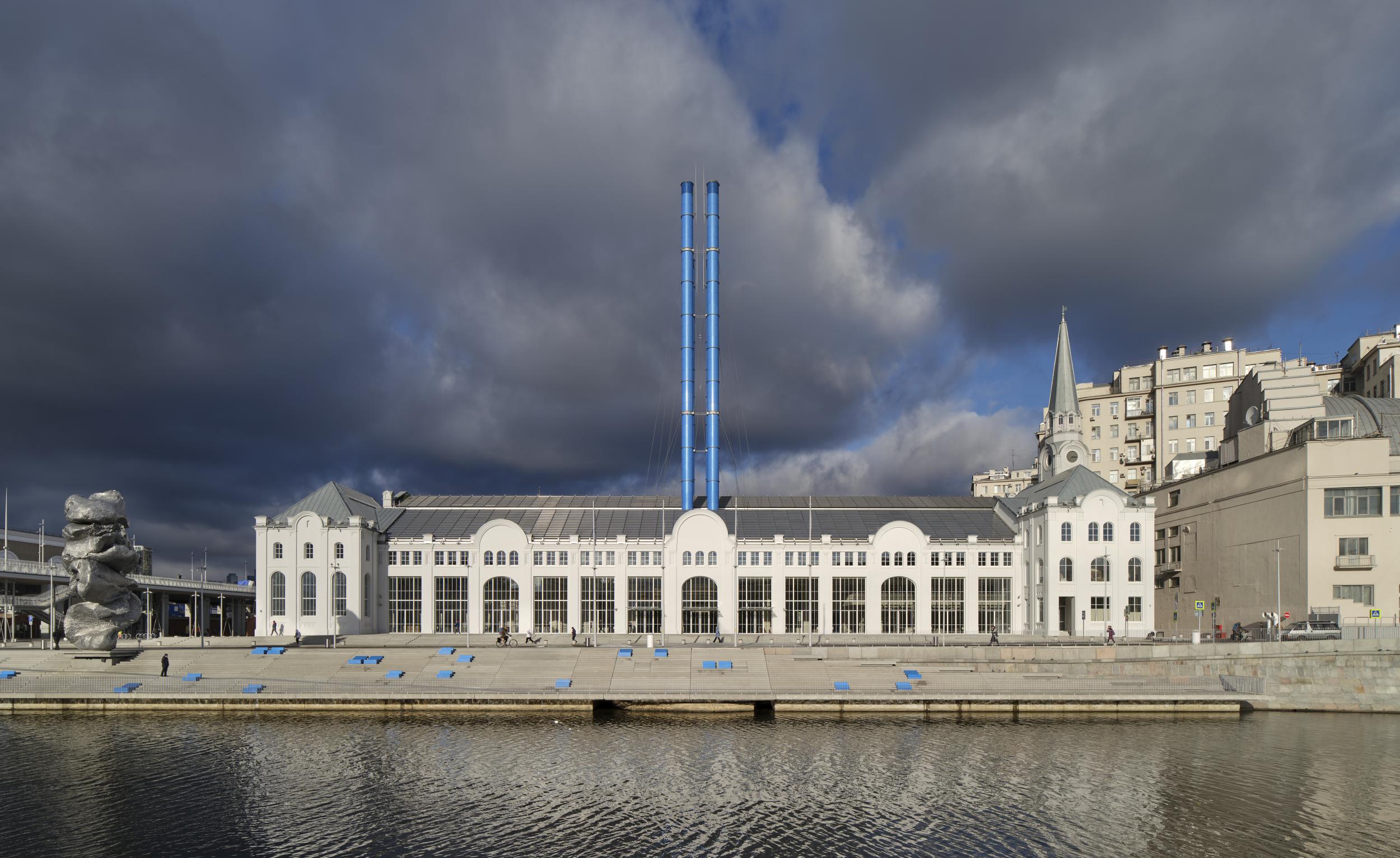
The building houses communal space, a cinema and an adaptable performance area that is able to cater to many uses. Piano kept the integrity of the building, replacing only the roof with glass, flooding the knave with natural light. The structure was also lifted to add ceiling height to the spacious subterranean exhibition area, which opens out into a double-height space that spans up to the roof. By using small cells on the roof to disperse the light, he created a kind of diffused, dappled effect.
‘Light is essential, but it’s not the only thing. There is also transparency, the sense of openness and accessibility, and to do this in Moscow is especially important,’ says Piano. The original chimneys have been replaced with 70m-high pipes that bring in clean air in an ecologically conscious air-conditioning system, by drawing in fresh air from above Moscow’s pollution.
The space is entirely white and grey, echoing the wintery Muscovite palette outside – save for the Matisse blue of the pipes and the original green of the cherry picker, a hangover from the building’s previous life, left in situ in the entrance hall. These elements combine to create an open and welcoming building, a place that aims to bring together the people who use it – whether to sit, think, enjoy the art and entertainment on view or contribute to it. ‘When you’re experiencing culture with a small “c”, where you meet people, you know you’ve built something really beautiful, a sense of community and conviviality,’ Piano concludes.
INFORMATION
Receive our daily digest of inspiration, escapism and design stories from around the world direct to your inbox.
Amah-Rose Abrams is a British writer, editor and broadcaster covering arts and culture based in London. In her decade plus career she has covered and broken arts stories all over the world and has interviewed artists including Marina Abramovic, Nan Goldin, Ai Weiwei, Lubaina Himid and Herzog & de Meuron. She has also worked in content strategy and production.
-
 Winston Branch searches for colour and light in large-scale artworks in London
Winston Branch searches for colour and light in large-scale artworks in LondonWinston Branch returns to his roots in 'Out of the Calabash' at Goodman Gallery, London ,
-
 The most anticipated hotel openings of 2026
The most anticipated hotel openings of 2026From landmark restorations to remote retreats, these are the hotel debuts shaping the year ahead
-
 Is the future of beauty skincare you can wear? Sylva’s Tallulah Harlech thinks so
Is the future of beauty skincare you can wear? Sylva’s Tallulah Harlech thinks soThe stylist’s label, Sylva, comprises a tightly edited collection of pieces designed to complement the skin’s microbiome, made possible by rigorous technical innovation – something she thinks will be the future of both fashion and beauty
-
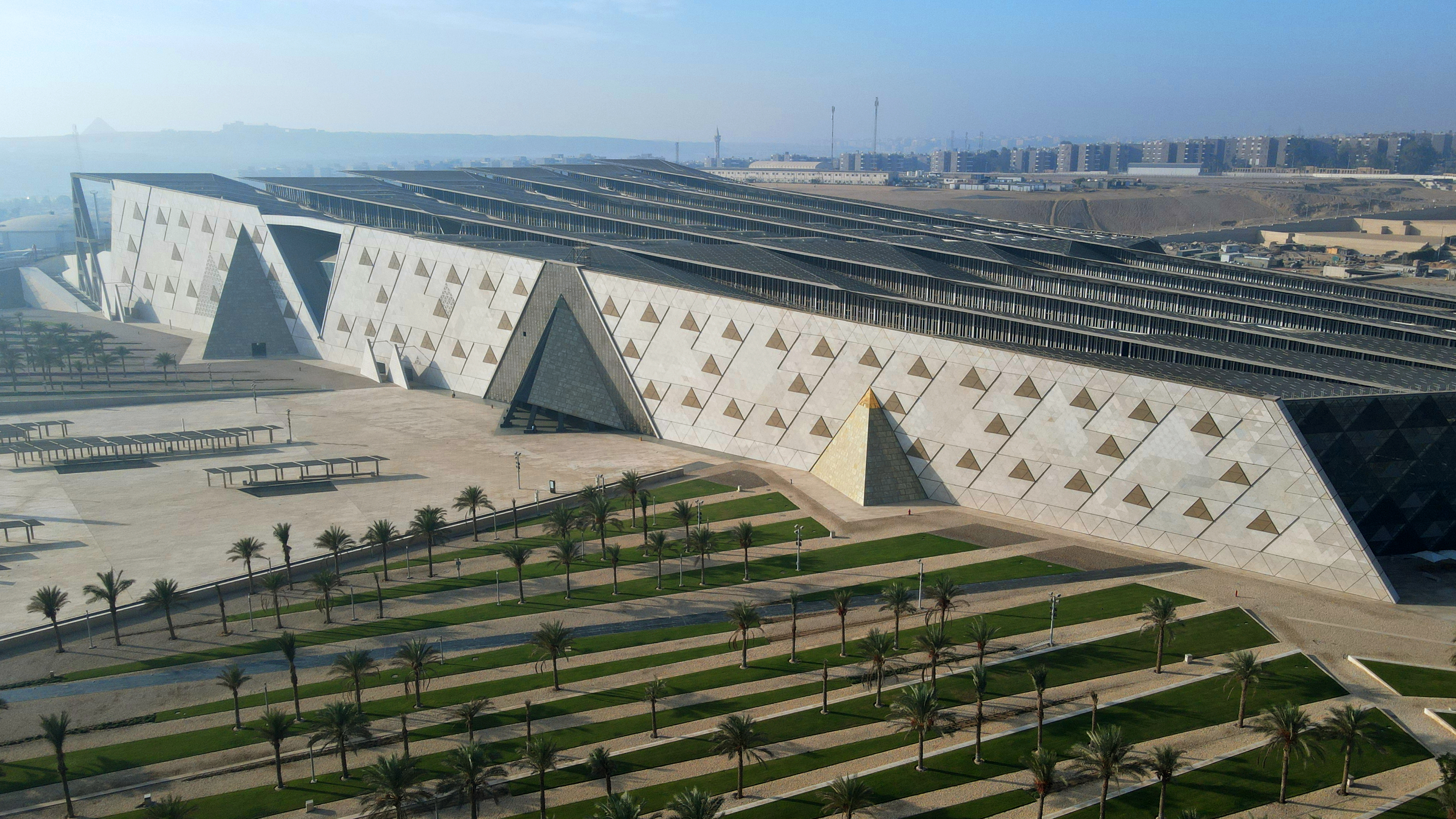 The Grand Egyptian Museum – a monumental tribute to one of humanity’s most captivating civilisations – is now complete
The Grand Egyptian Museum – a monumental tribute to one of humanity’s most captivating civilisations – is now completeDesigned by Heneghan Peng Architects, the museum stands as an architectural link between past and present on the timeless sands of Giza
-
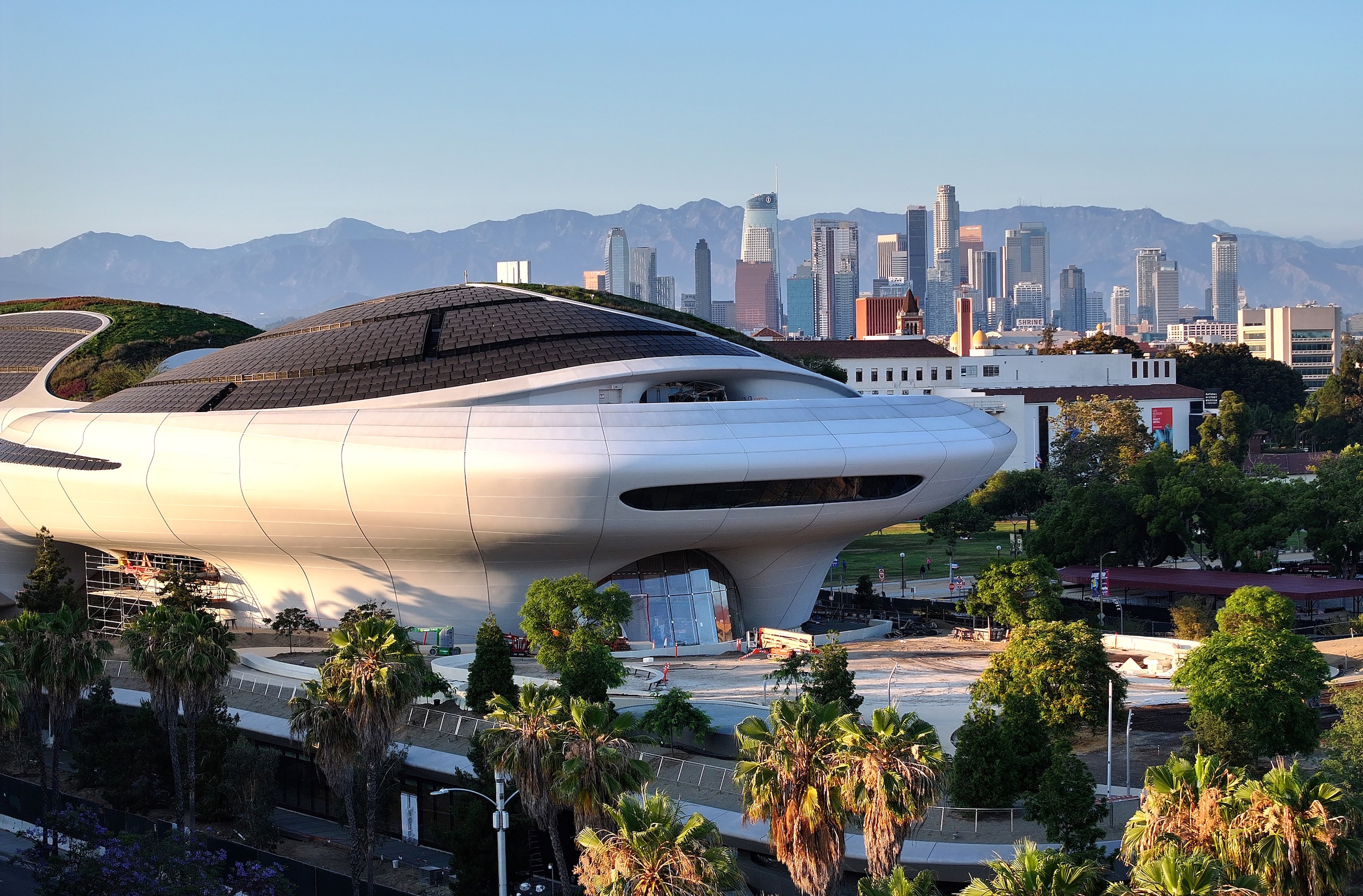 George Lucas’ otherworldly Los Angeles museum is almost finished. Here’s a sneak peek
George Lucas’ otherworldly Los Angeles museum is almost finished. Here’s a sneak peekArchitect Ma Yansong walks us through the design of the $1 billion Lucas Museum of Narrative Art, set to open early next year
-
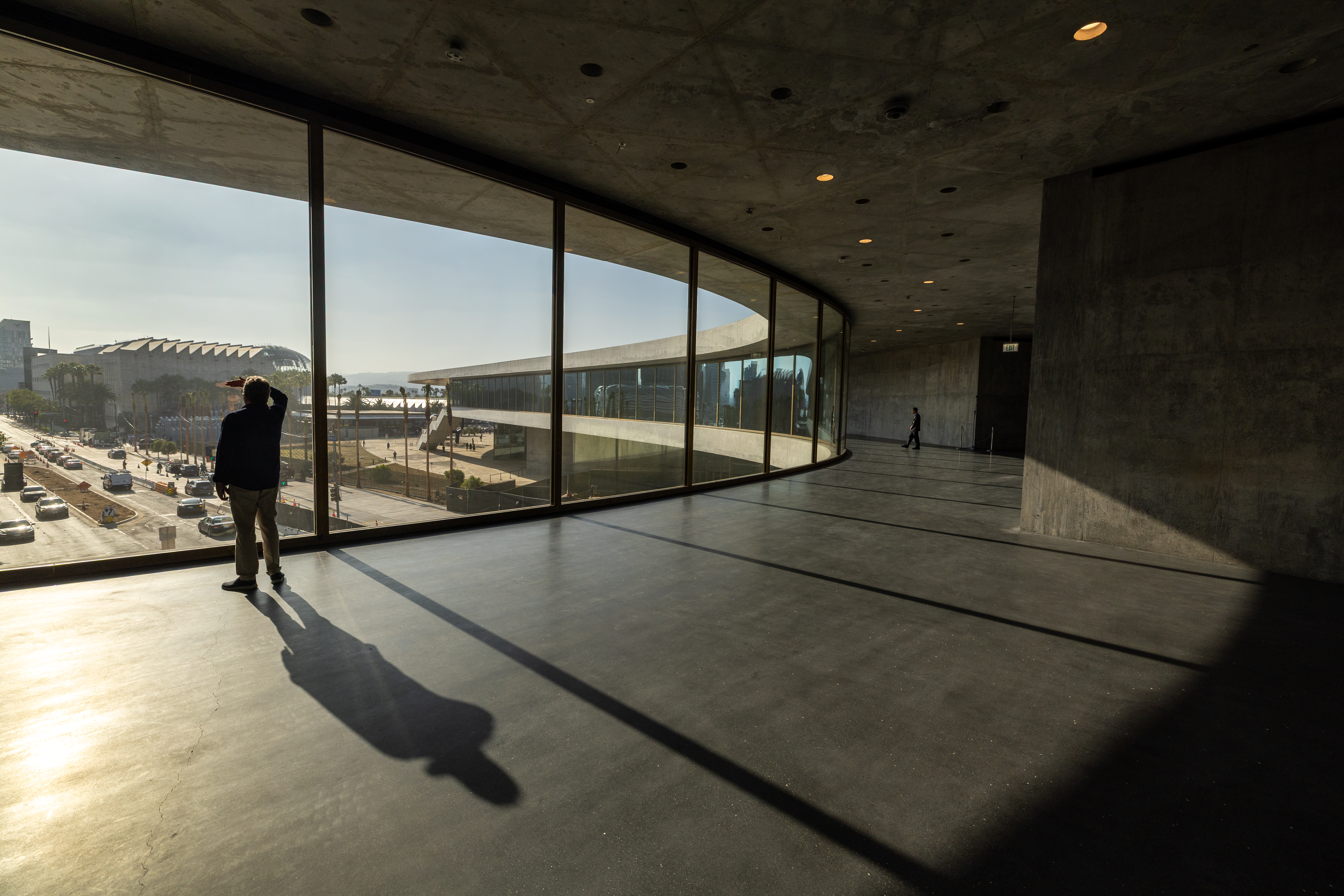 The great American museum boom
The great American museum boomNine of the world’s top ten most expensive, recently announced cultural projects are in the US. What is driving this investment, and is this statistic sustainable?
-
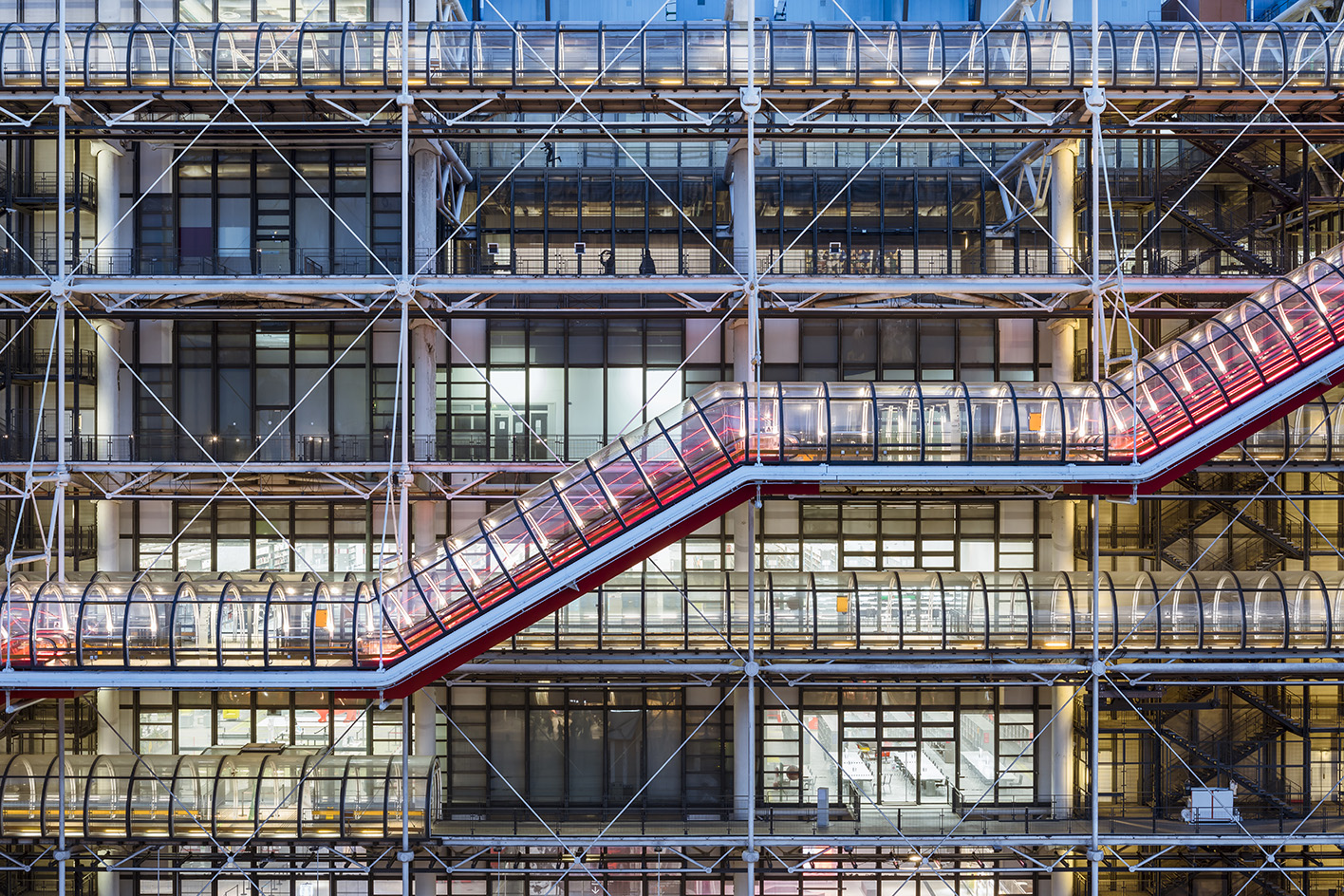 A guide to Renzo Piano’s magic touch for balancing scale and craft in architecture
A guide to Renzo Piano’s magic touch for balancing scale and craft in architectureProlific and innovative, Renzo Piano has earned a place among the 20th century's most important architects; we delve into his life and career in this ultimate guide to his work
-
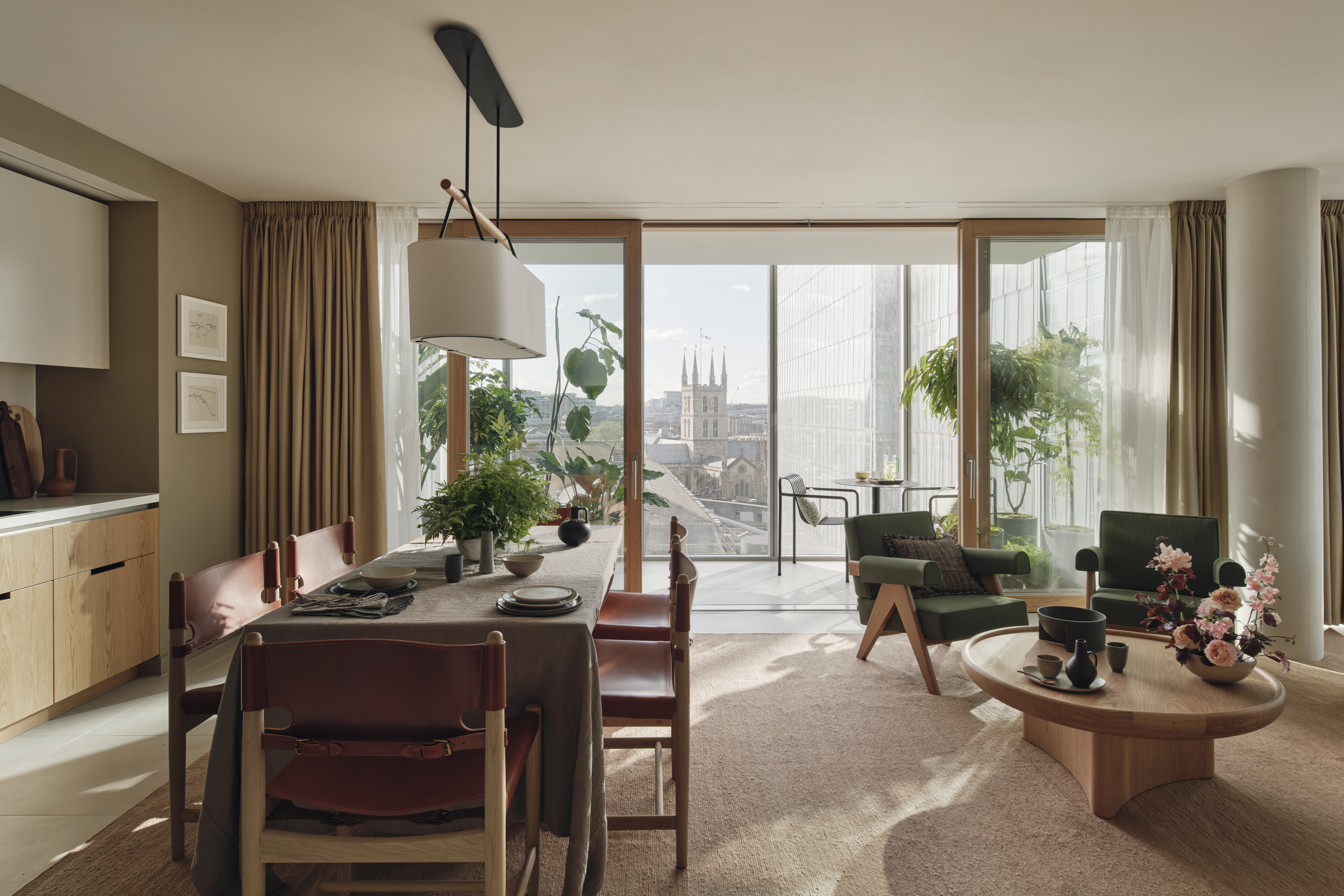 Shard Place offers residents the chance to live in the shadow of London’s tallest building
Shard Place offers residents the chance to live in the shadow of London’s tallest buildingThe 27-storey tower from Renzo Piano Building Workshop joins The Shard and The News Building to complete Shard Quarter, providing a sophisticated setting for renters
-
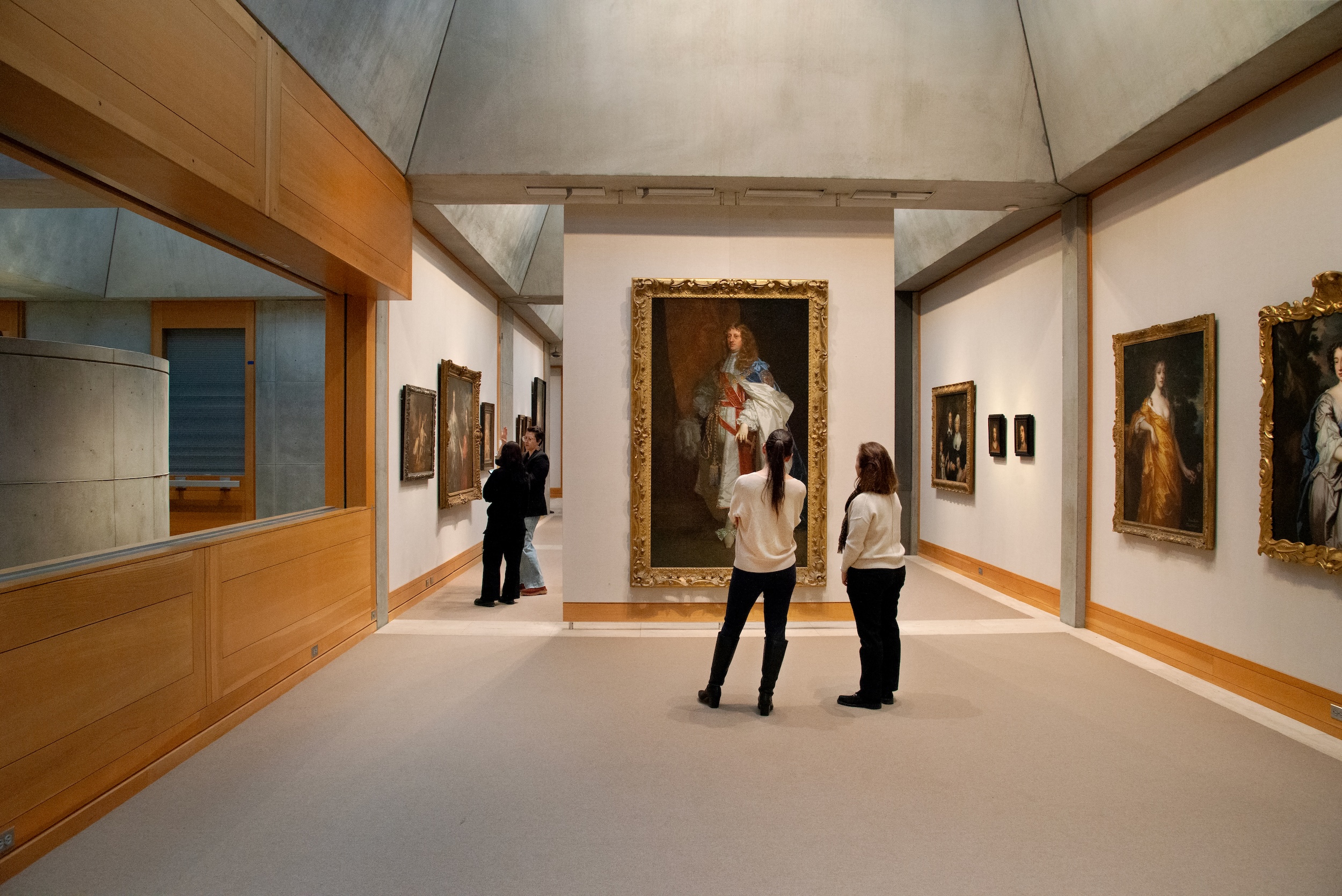 The Yale Center for British Art, Louis Kahn’s final project, glows anew after a two-year closure
The Yale Center for British Art, Louis Kahn’s final project, glows anew after a two-year closureAfter years of restoration, a modernist jewel and a treasure trove of British artwork can be seen in a whole new light
-
 You’ll soon be able to get a sneak peek inside Peter Zumthor’s LACMA expansion
You’ll soon be able to get a sneak peek inside Peter Zumthor’s LACMA expansionBut you’ll still have to wait another year for the grand opening
-
 NYC's The New Museum announces an OMA-designed extension
NYC's The New Museum announces an OMA-designed extensionOMA partners including Rem Koolhas and Shohei Shigematsu are designing a new building for Manhattan's only dedicated contemporary art museum